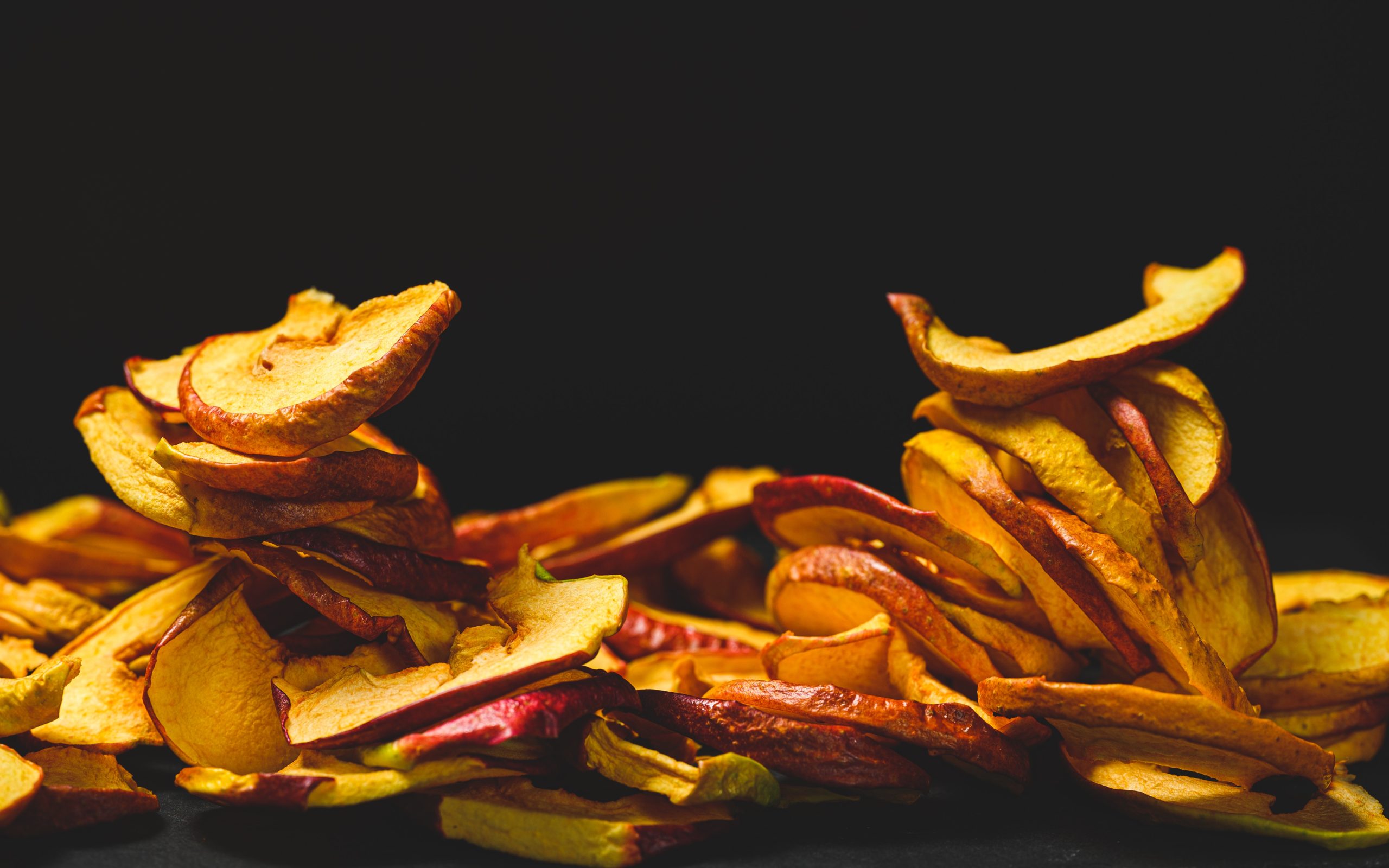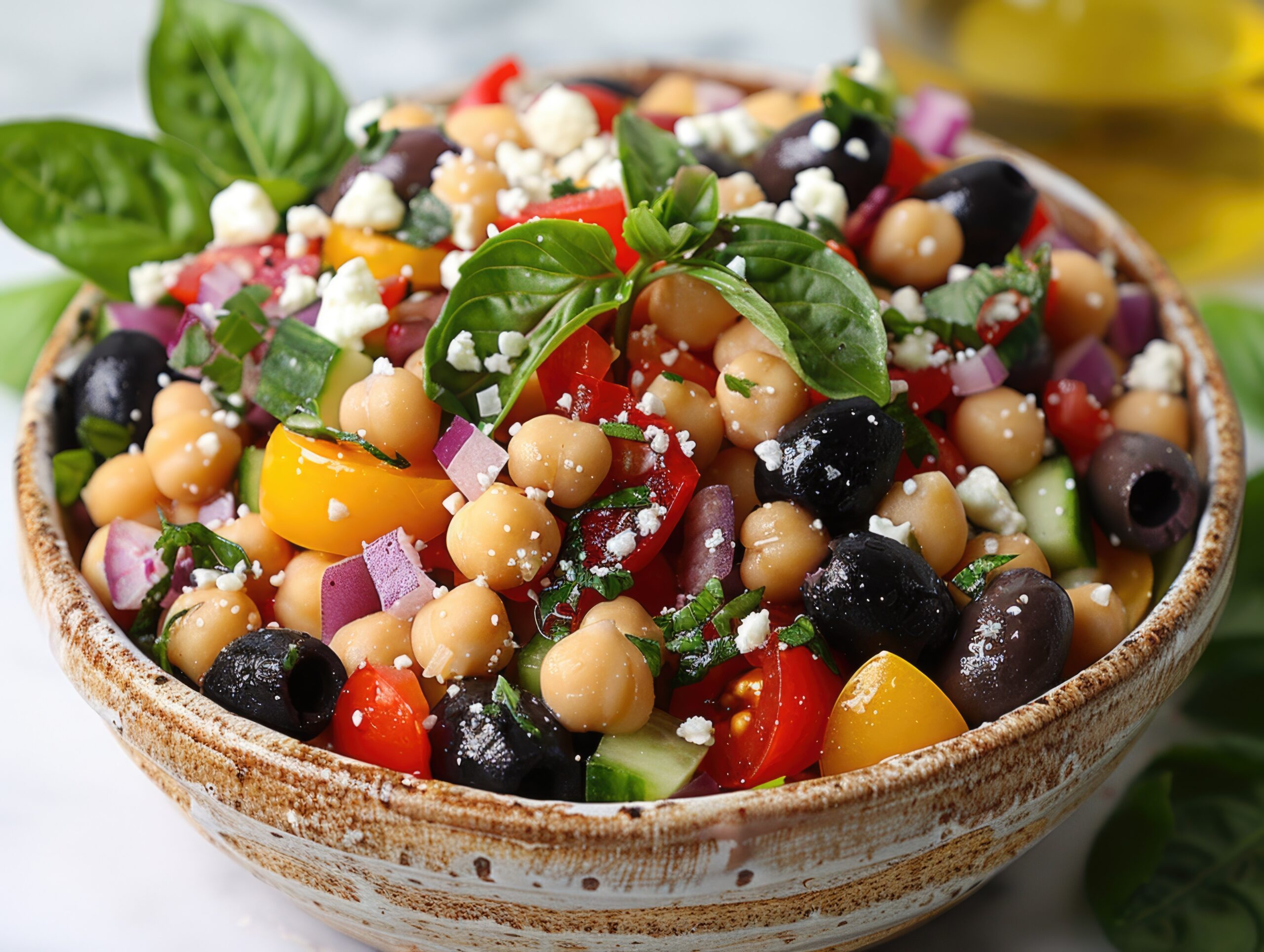
Fantastic Fiber, Plus Bonus Recipe
Fiber, a type of carbohydrate found in plants, is incredibly beneficial for our health. While our bodies can’t digest it, it serves as nourishment for the beneficial bacteria in our gut, promoting a healthy microbiome. Additionally, fiber adds bulk to stool, ensuring regular gastrointestinal function.
To enjoy these advantages, the current recommendation is to consume 25-35 grams of fiber daily. However, on average, most Americans only get about 15 grams, falling short of the ideal intake.
There are two types of fiber: soluble and insoluble, found in various plant foods. Soluble fiber dissolves in water and aids in controlling cholesterol and blood sugar levels. Foods like oats, chia seeds, nuts, beans, and fruits like apples, bananas, and berries are rich in soluble fiber. On the other hand, insoluble fiber doesn’t dissolve in water and aids in smooth digestion, preventing constipation. Foods high in insoluble fiber include quinoa, brown rice, whole wheat products, nuts, leafy greens, avocados, and various fruits like pears and peaches.
Increasing your fiber intake offers numerous health benefits. It can help reduce the risk of chronic diseases like heart disease and diabetes while aiding in weight management by promoting a feeling of fullness and slowing digestion. Fiber also plays a role in your gut microbiome, generating anti-inflammatory effects and boosting your immune system. Moreover, it may even lower the risk of certain cancers, such as colorectal and breast cancer.
To achieve the recommended fiber intake, include a diverse array of plant foods in your diet, such as fruits, vegetables, whole grains, legumes, nuts, and seeds. Prioritize filling half of your plate with fruits and vegetables and opt for whole grains as your primary choice whenever possible. Embracing these dietary habits will ensure you reap the benefits of fiber for your overall well-being.
Tips for boosting your fiber intake:
- Eat whole fruits in place of fruit juice
- Replace white bread with whole wheat
- Try brown rice in place of white rice
- Use whole grain pastas
- Snack on raw vegetables, dip in hummus for more fiber
- Add high fiber nuts and seeds to foods you are already eating
- Top yogurt with fruit and nuts
- Add ground flaxseeds or chia seeds to cereal
- Choose oatmeal for breakfast or a ready-to-eat cereal that has a whole grain as the first ingredient.
- Tip: look at the Nutrition Facts label and choose cereals with 20% or higher of the DV (daily value) for fiber.
- Add diced vegetables to omelets, casseroles, soups, burritos, pastas, and stir fries
- Eat more meatless meals based on legumes and beans
Here’s a delicious, high fiber recipe to try:
Apple Chips
Adapted from Delish.com ; Serves 2
Ingredients
- 2 apples, thinly sliced (as thin as possible)
- 1 ½ tsp sugar
- ½ tsp cinnamon
Directions
FOR OVEN
- Preheat oven to 200°. In a large bowl, toss apples with sugar and cinnamon.
- Place a metal rack inside a rimmed baking sheet. Lay apples slices on top of rack, spacing them so that no apples overlap.
- Bake for 2 to 3 hours, flipping apples halfway through, until apples dried out but still pliable. (Apples will continue to crisp while cooling.
FOR AIR FRYER
- In a large bowl toss apples with cinnamon and sugar. Working in batches, place apples in a single layer in basket of air fryer (some overlap is okay).
- Bake at 350° for about 12 minutes, flipping every 4 minutes.
Article by Kirsten Romero, Wellness Dietitian, MS, RDN
Senior Services of Southeastern Virginia



